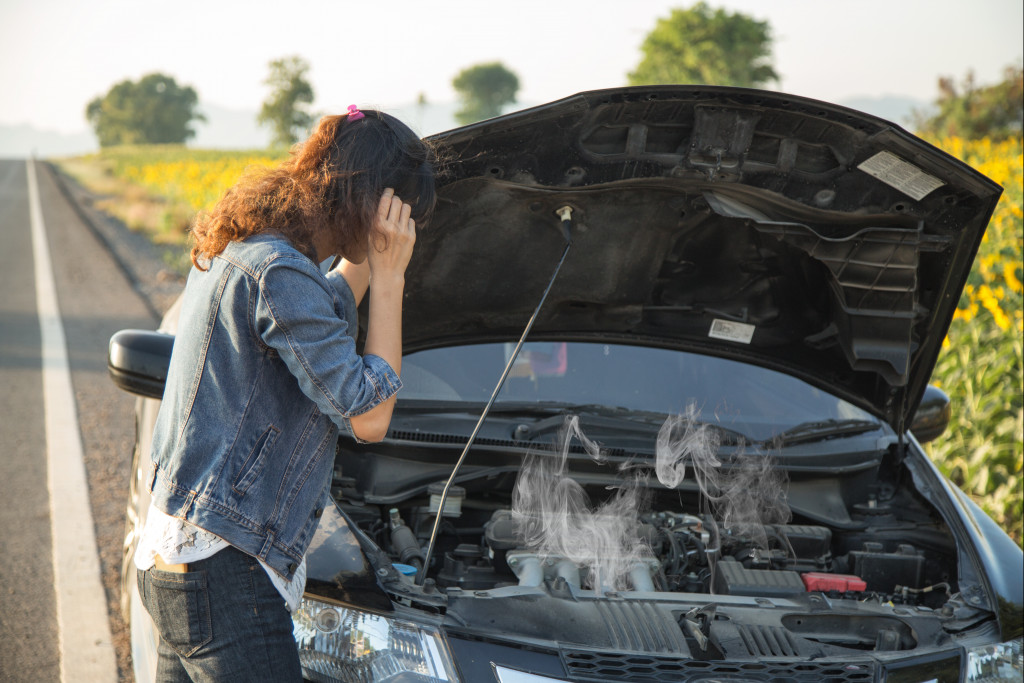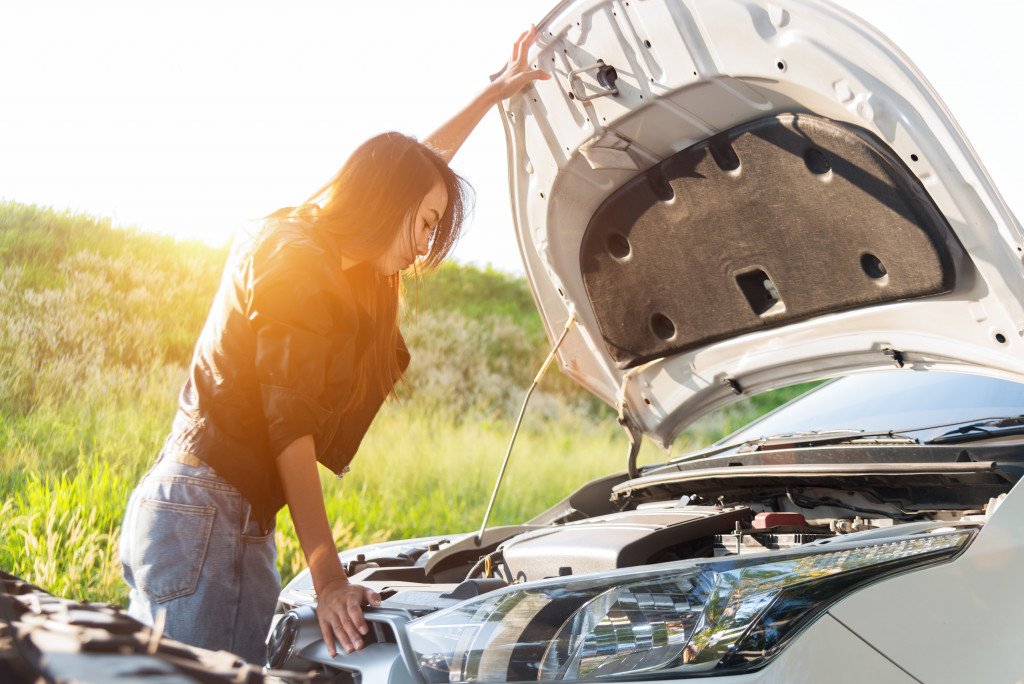Aside from getting lost, running out of gas in the middle of nowhere, and spilling your drink all over the car—experiencing car trouble is one of the worst things that can happen on a road trip. If you’re lucky, you may manage to drive until you find the nearest mechanic that can service your vehicle. But, unfortunately, that is not always the case.
On the flip side, taking proper precautions can minimize the risk of car trouble on the road. So, before you go on your much-awaited asphalt adventure, here are some of the most important tips that you have to keep in mind:
1. Go in for a tune-up
If you’re only traveling a short distance, going into the shop for a tune-up may be unnecessary. But if you’re driving quite a reasonable distance from home, it’s always a good idea to have a professional get your car up to shape.
Moreover, address current issues in your vehicle before going on a road trip—no matter how long or short it may be. If your check engine light is on, for instance, seek services to check the engine light and fix whatever the problem may be before you leave. The last thing you want is your car to start acting up in the middle of nowhere, and ensuring that your vehicle is in the best shape that it can be is one of the best ways to prevent that.
2. Learn basic fixes
Every car owner should know basic car fixes, at the very least. Changing a tire is one of the most important ones. It also pays to know how to jumpstart a car, change a spark plug, tighten the fuel cap, and do other essential repairs.
By knowing how to perform basic repairs on your car, you are more likely to avoid getting stuck in the middle of nowhere if your car happens to run into a problem. Just make sure that you have the right tools in the trunk to apply your skills—otherwise, you’re not going to be able to do much until roadside assistance arrives.

3. Bring tools
Going off from the last tip, you should always have the right tools in your trunk in case anything happens. Before you go on your road trip, make sure that you have these in your car:
- Jumper cables
- Hazard triangles
- Tire pressure gauge
- Water
- Tire inflator
- Spare tire
- Jack and lug wrench
- Socket and screwdriver set
- Funnel
- Flashlights
- Wire cutters
- Gloves
- Spare fuses
- Duct tape
- Tow strap
- Knife
- Ice scraper
4. Drive properly
Driving properly is not only important for safety—but it’s also to prevent your car from running into problems down the road. For instance, jackrabbit driving can put extra strain on your brakes, which can cause them to fail later on. Racing over speed bumps and potholes can damage your tires and—if you’re unlucky enough—even cause them to blow out, which can be extremely hazardous, especially when other motorists are on the road.
That said, always practice proper driving habits, no matter the time of day or what road you’re taking:
- Avoid speeding
- Don’t ride the brakes
- Avoid hard starts or stops
- Always check the parking brake before driving
- Be wary of potholes and speed bumps
- Slow down on slippery roads, sharp turns, etc.
5. Act at the first sign of trouble
Whether you hear something strange coming from the engine or your tire starts feeling a little low, pull over and see what’s wrong. Continuing to drive after you detect car trouble can make it worse, which can lead you to get stranded in the middle of your road trip. If your car can make it a few more miles, look for the nearest mechanic in the area. Otherwise, contact roadside assistance to take your vehicle to a nearby service shop.
In any case, don’t continue driving if you feel that is unsafe to do so. It’s better to sit and wait for help than risk getting into an accident further down the road.
Don’t let car trouble ruin what is supposed to be an amazing adventure on the road. Take the proper precautions to avoid common car problems on the road, and in case something does happen, it pays to know what you have to do to resolve the issue. More than that, always make sure that you have a contingency plan in case your car does break down in the middle of your road trip; download a map on your phone with mechanic shops listed, and keep a number of roadside assistance services just in case.



